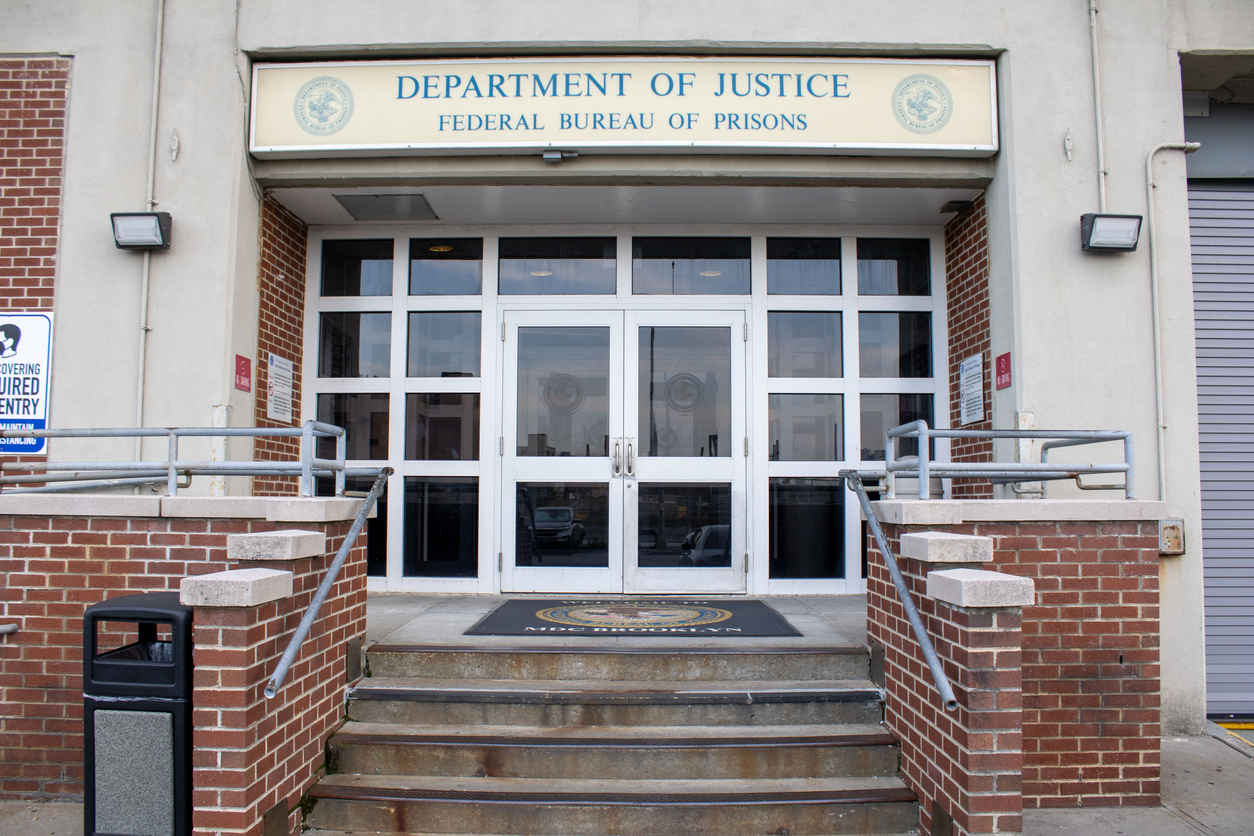Share
Share

On June 17, 2025, the Federal Bureau of Prisons (BOP) issued a directive to fully implement the First Step Act and and Second Chance Act for home confinement. Click here to read the directive in full. Last month, we reported on how the BOP has announced its plan to expand home confinement for federal prisoners. The BOP’s most recent directive builds on its prior announcement to maximize home confinement.
BOP’s Latest Directive on Home Confinement
“This is the dawn of a new era, one of which the Bureau of Prisons will realize the full potential of the First Step Act and Second Chance Act”
“The comprehensive policy outlined today will eliminate barriers to maximize the availability of home confinement to those who qualify for community release under the First Step Act and Second Chance Act. This change in policy will fully operationalize the laws as intended by Congress and ensure a smoother transition for many individuals to return to productive lives after incarceration.”
William K. Marshall, III, BOP Director
According to the BOP’s press release, this new policy will:
- Avoid wasting millions of taxpayer dollars on unnecessary incarceration,
- Reduce strain on prison bedspace and staffing, and
- Eliminate prolonged and unnecessary burdens on inmates and their families–particularly those with stable home environments and strong community ties.
The directive further notes that the policy is meant to ensure:
- FSA Earned Time Credits and SCA eligibility will be treated as cumulative and stackable, allowing qualified individuals to serve meaningful portions of their sentence in home confinement when appropriate.
- Conditional Placement Dates–based on projected credit accrual and statutory timelines–will drive timely referrals, not bureaucratic inertia.
- Stable housing and community reintegration readiness, not past employment, will guide placement decisions.
- RRC bed capacity limitations will not be a barrier to Home Confinement when an individual is statutorily eligible and appropriate for such placement.
“This action marks a bold shift from years of inaction toward a policy rooted in public safety, fiscal responsibility, and second chances. By empowering the agency to release more people who are ready to return to society, we not only save taxpayer dollars, we strengthen families, ease overcrowding, and build safer communities.”
An Important Note on Home Confinement Authority
The Second Chance Act of 2008 and First Step Act of 2018 were passed by Congress to authorize federal prison reform and rehabilitation. Despite the BOP’s May 28th directive “expanding” home confinement, and this most recent directive on the “full implementation” of the First Step Act and Second Chance Act, it is important to remember that the amount of time a federal prisoner can serve in home confinement is limited by statute.
18 U.S.C. § 3624(c)(2) limits the amount of home confinement to 10 percent of a sentence or 6 months, whichever is less. For example, a person serving a 120 month sentence can only receive up to 6 months of home confinement under statute. Conversely, a person serving a sentence of 20 months can receive at most 2 months home confinement.
A Step in the Right Direction?
While the amount of home confinement time is capped by law, the BOP does not have to give a federal prisoner maximum home confinement time. These two most recent directives at least appear to be directing the BOP to give qualifying individuals maximum home confinement placement under the First Step Act and Second Chance Act.
The catch? Under section 3624(c)(1), the BOP can have a federal inmate serve a term of not more than 12 months at a halfway house (also called an RRC). The BOP’s two recent directives appear to be cutting back on inmates being sent to halfway houses prior to being given home confinement. While not all individuals require the services of an RRC, that ultimately means spending more time in prison since the statutory maximum term for home confinement is 6 months at the most.
Providing federal inmates with maximum home confinement placement is definitely a step in the right direction. However, many inmates benefit from RRC placement. It is unclear right now how exactly the BOP plans on implementing these directives into its official policy and what effect that will have on the number of inmates sent to an RRC before release.
Experienced Federal Criminal Defense Attorneys
The lawyers at Evergreen Attorneys know the intricacies of BOP policy and how the First Step Act and Second Chance Act should be applied to federal inmates. If you or a loved one need assistance with your case, contact us today at (303) 948-1489 or by email at [email protected].
David Boyer
It was David’s passion for the law and helping others that led him to becoming an attorney. He particularly enjoys appellate and post-conviction work.
David is proud to offer representation nationwide from his office in Plano, Texas.
STAY IN THE LOOP
Subscribe to our free newsletter.
The OIG’s Audit of the [...]









